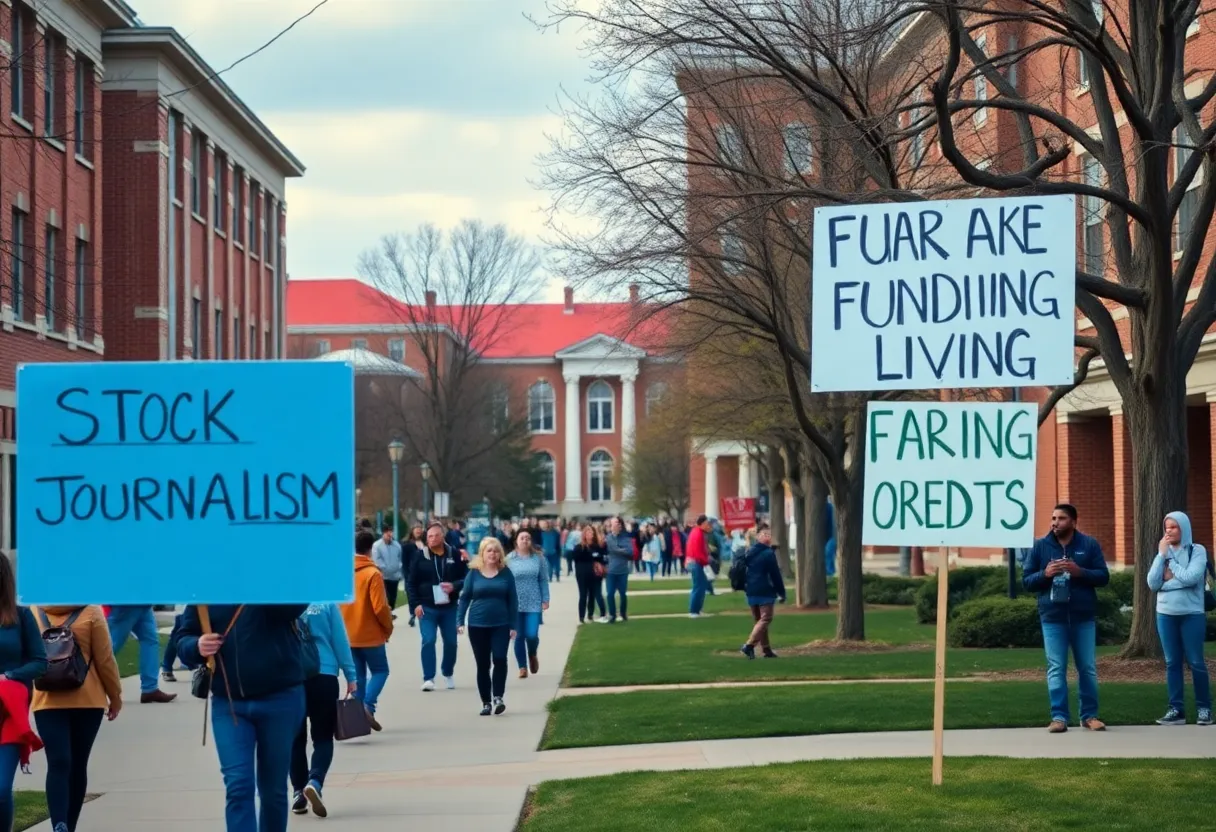Louisville, October 16, 2025
Louisville authorities have announced a 15% reduction in violent crime rates, attributed to a new community policing strategy. This approach focuses on community engagement through foot patrols, youth outreach programs, and targeted data-driven interventions. While homicides have decreased by 20% and robberies by 12%, concerns remain regarding ongoing gun-related incidents. The police aim to continue building community ties to create a safer environment for residents.
Louisville Police Report Significant Drop in Violent Crime
Louisville authorities have announced a notable decline in violent crime rates for this year, with a 15% overall reduction. This progress stems from a new community policing strategy that emphasizes direct engagement with residents and targeted interventions. The update came during a recent briefing, highlighting how these changes are making neighborhoods safer.
The strategy includes foot patrols to build trust between officers and community members, youth outreach programs aimed at preventing at-risk teens from engaging in crime, and data-driven hot spot interventions that focus resources on areas with the highest incident rates. These efforts have led to specific improvements, such as a 20% decrease in homicides and a 12% reduction in robberies. Police leaders attribute this success to close collaborations with local organizations, which help address root causes like poverty and lack of opportunities.
Key Elements of the Community Policing Strategy
Foot patrols allow officers to interact with residents in everyday settings, fostering better communication and quicker responses to potential issues. Youth outreach involves partnerships with schools and community centers to provide mentorship and after-school activities, steering young people away from violence. Data-driven interventions use crime statistics to identify and monitor high-risk locations, deploying extra patrols or resources as needed. Together, these methods mark a shift from traditional reactive policing to a more proactive, community-focused approach.
Persistent Challenges and Community Feedback
Despite the positive trends, gun-related incidents continue to worry officials and residents alike. This has led to discussions about the need for stricter enforcement on illegal firearms and related offenses. In high-crime neighborhoods, people report feeling safer due to the increased police presence and outreach, but many emphasize the importance of keeping these initiatives going long-term to ensure lasting change.
The overall drop in violent crime reflects broader efforts to strengthen community ties. By working hand-in-hand with local groups, police aim to not only reduce immediate threats but also build a foundation for sustained safety. This includes regular community meetings where residents can voice concerns and suggest improvements.
Background on Louisville’s Crime Trends
Violent crime in Louisville has fluctuated in recent years, influenced by factors like economic pressures and social unrest. The introduction of this community policing strategy represents a deliberate response to those challenges, drawing on successful models from other cities. Early results suggest it’s effective, but experts note that consistent funding and training for officers will be crucial for maintaining momentum.
As the year progresses, authorities plan to monitor these trends closely and adjust tactics based on new data. The goal is to extend the benefits of this strategy across more areas, potentially lowering crime rates even further. For residents, this means a continued focus on collaborative solutions that prioritize prevention over punishment.
The 15% reduction in violent crime, coupled with drops in homicides and robberies, offers hope for a safer Louisville. However, addressing gun violence remains a priority, requiring ongoing commitment from all involved. This balanced approach underscores the value of community involvement in public safety efforts.
In summary, the new strategy’s emphasis on engagement and prevention is yielding measurable results. With 20% fewer homicides and 12% fewer robberies, the city is on a positive path, though challenges persist. Residents and officials alike are encouraged by the progress and look forward to building on it.
FAQ
What is the overall drop in violent crime in Louisville this year?
Louisville police report a 15% drop in violent crime this year.
What strategy is credited for the reduction in violent crime?
The new community policing strategy, which involves foot patrols, youth outreach, and data-driven hot spot interventions.
How much have homicides and robberies decreased?
Homicides are down 20%, and robberies decreased by 12%.
What ongoing concerns exist despite the crime drop?
Gun-related incidents remain a concern, prompting calls for stricter enforcement.
How do residents in high-crime areas feel about the changes?
Residents in high-crime areas say they feel safer but want sustained efforts.
Crime Reduction Statistics
| Crime Type | Reduction Percentage | Key Strategy Contribution |
|---|---|---|
| Overall Violent Crime | 15% | Foot patrols, youth outreach, data-driven interventions |
| Homicides | 20% | Community partnerships and hot spot focus |
| Robberies | 12% | Targeted patrols in high-risk areas |
| Gun-Related Incidents | No significant reduction | Ongoing concern; calls for stricter enforcement |
Deeper Dive: News & Info About This Topic
HERE Resources
18-Year-Old Arrested in June Shooting Case in Louisville
Louisville Weekend Events Promote Community Connections
Southwest Louisville Faces Surge in Terrifying Home Invasions
Man Shot in Louisville Neighborhood; Police Seek Surveillance Footage
Louisville Experiences Overnight Car Theft Spree with Armed Suspects
Louisville Mayor’s Weekly Update on Public Safety and Economic Growth
Louisville Mayor Ends Sanctuary Status Amid Community Concerns
Louisville Mayor Defends City’s Decision to Rescind Sanctuary Status
Louisville Residents Engage with Police Reform Overseers at Community Forum
Southwest Louisville Faces Armed Home Invasions




